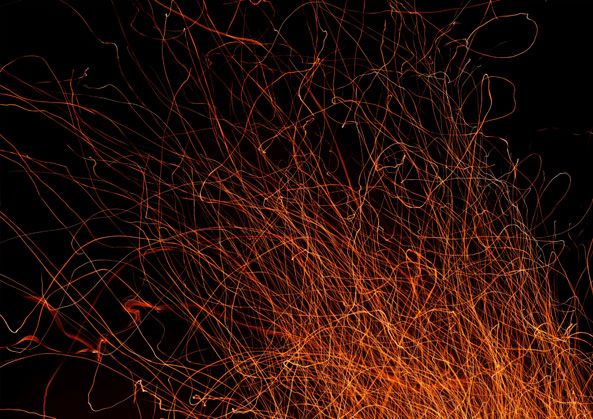
How Synthetic Graphite is Made
Why Synthetic Graphite and not Natural Graphite?
At Semco, we love natural graphite. It’s the OG, the original. There’s just one problem: there isn’t enough of it. Synthetic graphite has to step in to fill the need. As it turns out, synthetic graphite is actually preferable to natural graphite in many ways. And while Semco doesn’t make its own graphite (we have industry partners that do that), we love knowing how it’s made. Knowing synthetic graphite material inside and out means knowing what’s in it and how it’s made (extrusion, die molding,, etc). Allow the synthetic graphite experts at Semco walk you through the process of how synthetic graphite is made.
The Synthetic Graphite Manufacturing Process
Powder preparation
The first step of the process, long before the die molding or extrusion can be done, is the powder preparation. The raw materials for synthetic graphite fabrication like petroleum coke, pitch coke, carbon black, and natural graphite are ground in crushers and ball mills. The resulting powder is screened based on the desired particle size. Binders are then used to finish the powder preparation process. Some of the typical binders that are used are coal tar pitch, petroleum pitch, and synthetic resins..
Shape forming
Once the carbon powder is mixed with a binder, it may be compacted by one of these shape forming techniques: cold isostatic pressing, extrusion, or die molding. Let’s take a look at each of these techniques.
Cold isostatic pressing
Cold isostatic pressing is the powder compaction method conducted at room temperature and involves applying pressure from multiple directions through a liquid medium surrounding the compacted part. A polyurethane mold immersed in a pressurized water tank is used in this process. The result is material with uniform isotropic structure in all directions.
Extrusion
Extrusion is shaping a powder mixture by forcing it through a die with an opening.
Extrusion results in a long product (rods, bars, long plates, pipes) of a regular cross-section. The resulting material commonly has properties that slightly differ longitudinally vs. transversally (meaning that the material has a direction).
Die molding
Die molding (pressing) is the powder compaction method involving uniaxial pressure applied to carbon powder placed in a die between two rigid punches.
Uniaxial die molding is effectively used for mass production of simple parts, near-net-shape, or close-to-net size blanks.
Baking
The compacted material, called “green material,” is heat treated, or “baked,” in a baking furnace at 1000-1200ºC in a vacuum or controlled atmosphere. This process is called carbonization. Carbon formed in the carbonization process binds the powder particles. The volume of the binder is higher than the volume of the formed carbon. Therefore, carbonization results in the formation of pores, the total relative volume of which (porosity) is determined by the binder quantity.
Graphitization
At this stage the shaped and baked parts are heat treated in a vacuum at extremely high temperatures 2500-3000°C.
The process, called graphitization, results in the crystallization of amorphous precursor carbon, which transforms into crystalline graphite. During this high-temperature treatment, graphite is also purified since most of its impurities vaporize.
At this point, the pressed, extruded, or die molded material can be called synthetic graphite.
